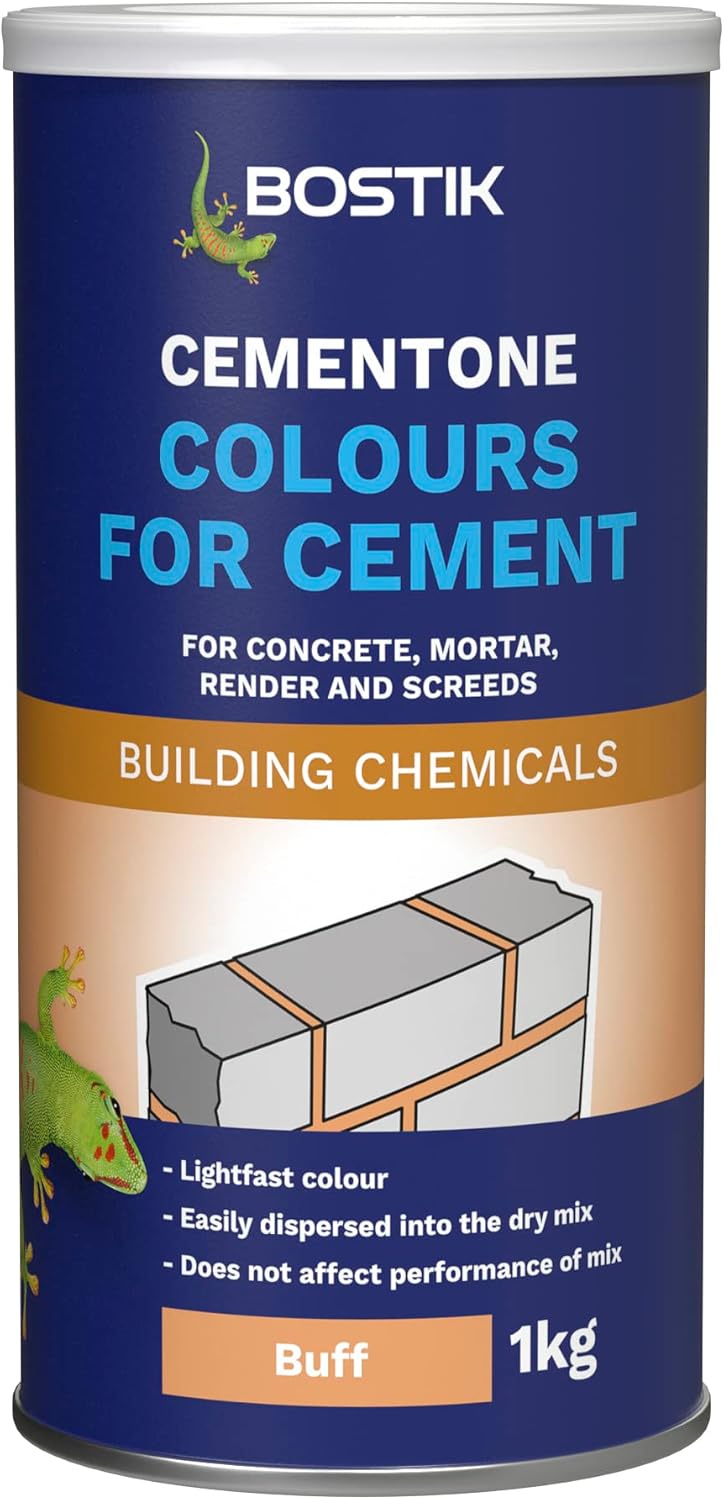About this deal
Accelerators help to speed up the setting and hardening process of cement and mortar, whilst retarders slow it down. If you’re looking for a concrete waterproofer additive, many of our accelerators, retarders and plasticisers include waterproofing and frost-proofing qualities as an added benefit. With your sample to hand place them on an old scrap piece of wood. Using a similar scrap piece of wood, place this on top and use it to grind the mortar down. If you have read through all of the above information you should be fairly well versed in what’s involved in colour matching mortar and also be wise to the fact that it can be quite a long drawn out affair, but if you want the best finish, then sometimes you’ve just got to be prepared to work for it. Place the sand on an old sheet/cloth and leave it somewhere out of the way to fully dry off. Once dry, pop it into a clear sealed jar or container. Step 7 – Match the Sample As with finding an existing mix ratio, quite a bit of experimentation is needed to get a good match.
Without colouring, can anyone recommend how to get a strong pointing mix that is a sandy colour? The original pointing was strong cement so we are planning on a like for like.
How do I Know What Colour Sand was Used in the Original Mortar?
Or if you’re looking for versatile, multi-purpose additives that can do it all, we’ve got some great products including the Sealorend Waterproofer, Retarder and Plasticiser that is especially handy when working with larger areas, as well as the SBR Admixture which serves as a bonding agent, sealer, primer and waterproofer in one.
You can now take this container to your local DIY sheds, builders merchants or other locations that sell sand so that you can compare it and hopefully get a close if not exact match. Essentially, there is no science involved in matching a sand and cement mix to that of your existing wall or property, it’s really just a question of trial and error and also possibly a little research. It’s no coincidence that both the colour of most standard mortars and cement is a grey’ish colour. This is due to the fact that the grey colour-tones of the cement go a fair way into the overall colour of the mortar.As you may imagine, this is quite a costly process but if you are set on getting the best, most naturally blended finish possible, it may be something you’re willing to dig a bit deeper for. After you have created each mix, take a sample and place it on a scrap piece of wood. Do this for each mix until you have a long line of samples. Label each mix e.g. 3:1, 4:1 etc. so you know which is which and then leave them to fully dry. One thing to be aware of is that it is important to mix the dye into the cement before you add the water. Once dried, simply hold your sample board up to the existing mortar and look along the line until you spot a close or identical colour match and this will indicate the mix ratio to go for. I wonder if I need a different cement, to include lime not snowcrete, a different colour sand? If anyone can help I'd be grateful.
 Great Deal
Great Deal 